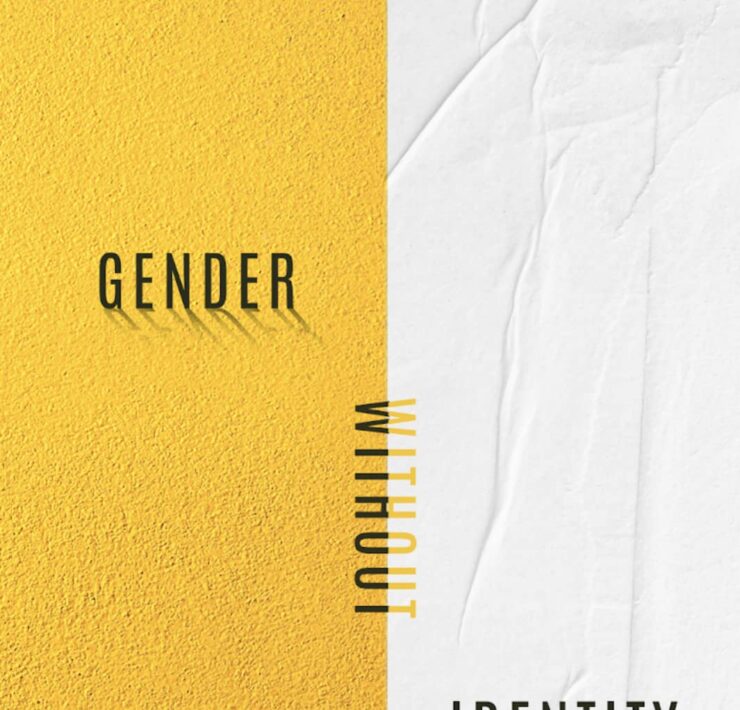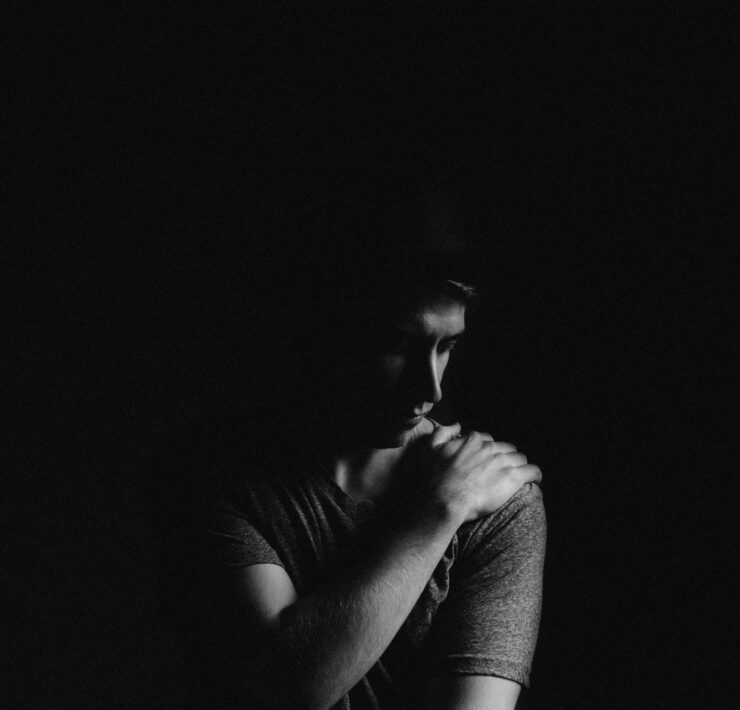The Psychology of Nightmares: Unpacking the Wisdom of our Brains’ Nocturnal Horror Films

An LGBT bilingual writer, Eleni was born and raised in…
I’m 6 years old, tip-toeing down the hardwood staircase of my childhood home. At the entrance to the front door looms Ursula the sea witch, her tentacles blocking my escape.
Light had streamed through the window when I first began my descent. The second I saw her, though, darkness swiftly overtook it.
My child mind frequently churned out this recurring bad dream as part of its routine night-time cinema. The nightmare always starred this formidable Little Mermaid character, who terrified me so much I couldn’t even accompany my mom to the car wash (because the cleaning swipers too closely resembled her tentacles).
Since then, my brain has continued to churn out vivid dream plots, bad dreams among them. According to sleepeducation.org, “An estimated 50% to 85% of adults report having the occasional nightmare”—and according to webmd, between 2% and 8% of the adult population have them regularly.
Why do we have them?
Debate exists over why the brain supplies us with nightmares. Some experts believe it to be a sign of negative functioning; others view it as a much-needed, even healthy way of offsetting anxiety accrued throughout the day.
Some conditions may increase the incidence of nightmares. People with sleep apnea, for instance, experience their wind pipe cut off from oxygen supply continuously while sleeping. somnomed.com says that this suffocation often causes people to wake—but other times it becomes incorporated into the dream itself, making for rockier and more turbulent (dream) content. Certain medications, including SSRI antidepressants, have also been found to increase bad dream output.
According to therapist Sharon Barnes, people with vivid imaginations may be more prone to having dreams that are particularly intense. “Especially when they are ‘bad dreams,’ creative people may experience this most significantly, as one of the things that makes their creativity possible is a more permeable barrier between the conscious mind and the unconscious,” she writes.
In certain parts of the world, stigma accompanies bad dreams. In Hindu culture for instance, the bad dreamer was believed to experience the same dream later on in waking life. Living a moral life and surrendering one’s self to the divine was said to release a person from having them.
The upsides of bad dreaming
Yikes. But if you’re someone who frequently or even occasionally has bad dreams, there’s good news: other experts say that they might actually serve beneficial purpose.
Dreaming more generally is part of the mind’s way of both consolidating memory and processing emotion. Bad dreams specifically are an extension of the body’s emotional response to fear and trauma (source: sleepfoundation.org), and Barnes proposes that in some of them, the brain works through past traumas:
“Dreaming about the trauma, often repeatedly, is a common response to traumatic life events. It is actually proof that something was truly traumatic. When this is the case, the trauma needs to be acknowledged and treated as such,” she wrote.
Meanwhile, researchers Carr and Nielsen’s “Differential Susceptibility Framework” proposes Sensory Processing Sensitivity to be a main contributing factor to nightmare production: “SPS refers to a greater responsivity to internal and external stimuli, and an increased depth of cognitive and emotional processing (Aron & Aron, 1997).”
Bad dreams can also serve as venues through which we learn to face our fears and unresolved issues. Keeping a dream journal is one way to help us do this. Back in college, I wrote in one almost every day. Immediately upon waking, I’d open my notebook so as to capture the dreams before the day’s rubble could set in and sweep them away. Each detail felt like a firefly that would flitter off and cease to glow the minute the light of day hit its fragile wings.
Barnes says that writing dream intentions before bed could be an additional way to facilitate learning. She also suggests, if you wake in the middle of one, to “take the story of the dream forward in active imagination. What might happen next, and next, and next? Write this out too. Draw or paint; act it out, dance, play, or sing it.”
How can we mitigate the distress?
Granted, nightmares can be distressing. Learning opportunity or not, there are times we might genuinely want to wake from one. It’s unpleasant when negative experiences are imminent—Your friend’s about to turn into a monster, or walls with dark feelings packed inside them like black mold are gradually closing in on you—but your mind won’t let you.
If bad dreams are causing you significant anguish, here’s what can help to reduce them: Consider cutting down on screen-time before bed. Don’t eat too close to bedtime (three hours is a general recommended cut-off time). Limit caffeine to before 12 p.m.
Raneisha Price (from an article on Highly Sensitive Refuge) recommends to “use coping mechanisms such as meditation, breathing techniques, and prayer to combat the lingering effects of a bad dream.” Some professionals even help treat chronic nightmares. Dr. Barry Krakow is one, author of the books Turning Nightmares Into Dreams and Sound Sleep, Sound Mind.
~~
I see every vivid dream we have as a sparkling gift of self-knowledge, bestowed by our subconscious. My hope is that you can take this information to more deeply understand your interior landscape, and through that enhance your daily word.
What's Your Reaction?
An LGBT bilingual writer, Eleni was born and raised in the Bay Area. Her work has been published in Tiny Buddha, The Mighty, Thought Catalog, Elephant Journal, The Fix, The Mindful Word, and Uncomfortable Revolution among others. You can follow her on IG @eleni_steph_writer and read stories from her time as a rideshare driver at lyfttales.com










